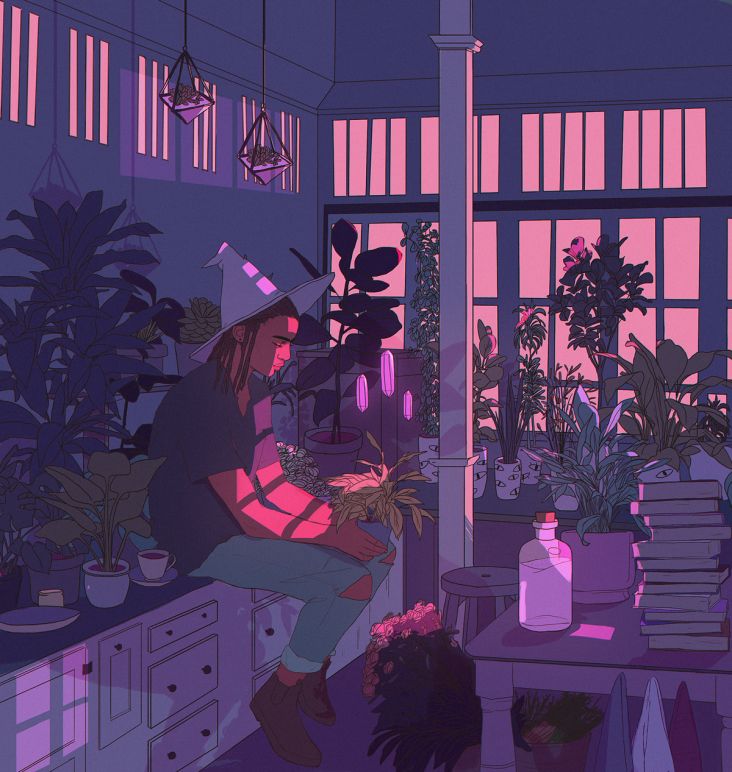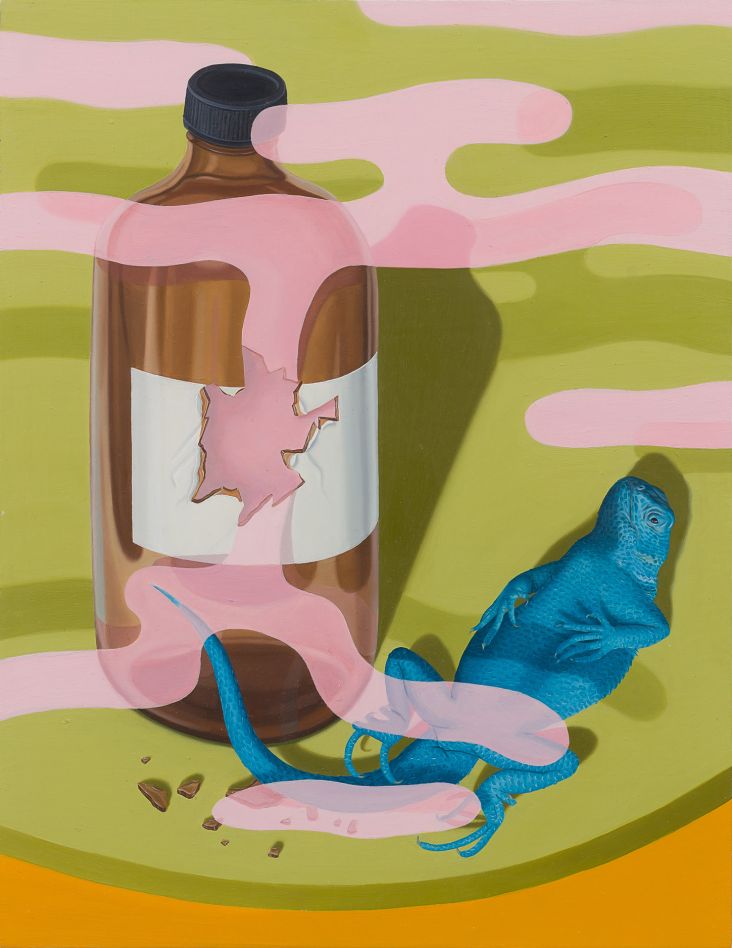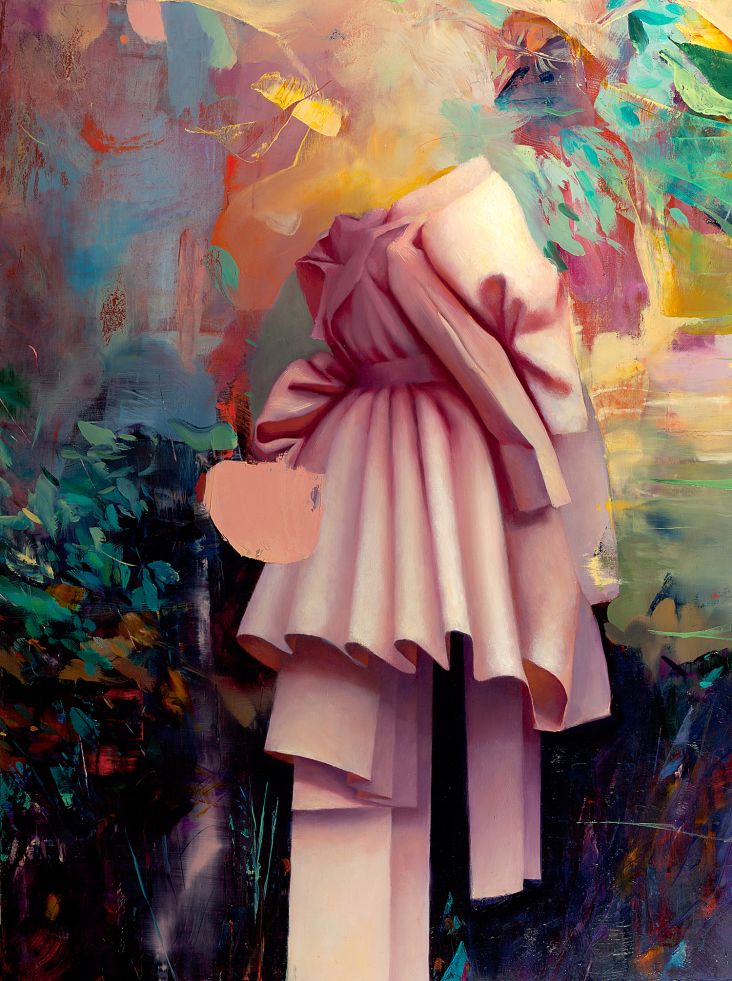Remarkable, witty artworks by Sylvia Libedinsky that understand life's many absurdities
On show at the GX Gallery in Camberwell London, this February, Sylvia Libedinsky: The Art of the Absurd brings together a remarkable body of work by an artist whose wry humour and distinctive 2D and 3D graphic art defies categorisation.
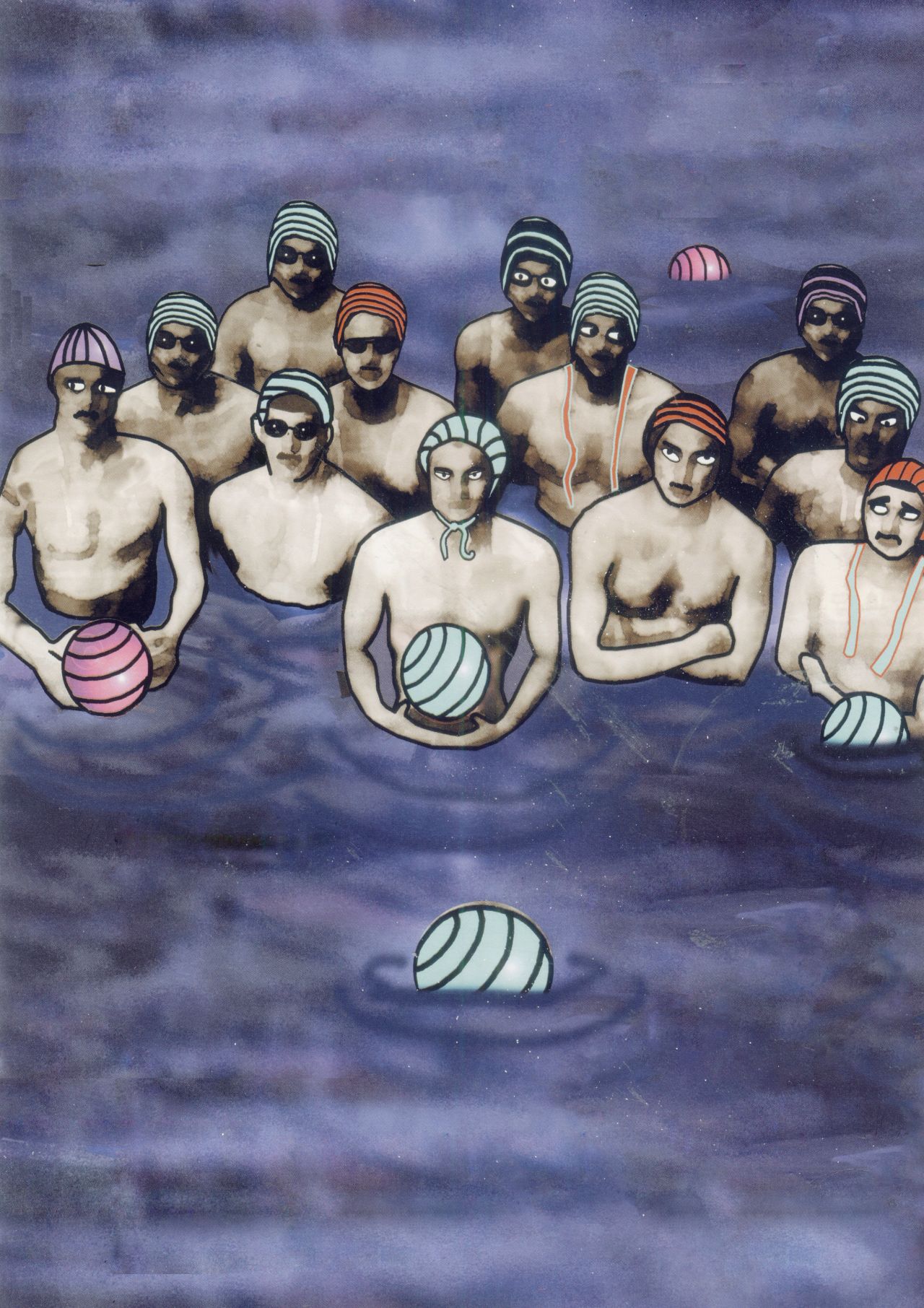
Aquatic Team (detail), computer manipulated acrylic on newspaper © Sylvia Libedinsky
Work in a variety of media – acrylic and/or ink on paper, card and fabric, as well as works made from foam, fabric and folded card, LED sculptures and light and shadow projections – demonstrates Libedinsky’s intriguingly eclectic output: what appears to be spontaneous wit is, in fact, the result of a profound, carefully considered and irreverent understanding of life’s many absurdities.
After working as an assistant on the plans for what was then the Baker Street Polytechnic, Libedinsky went on to design a youth club and two primary schools in Hackney and Brixton. Whilst working in the architecture department of the Greater London Council, Sylvia designed foldable cardboard toys in the shape of cartoon-like animals for the toy company 345. Folding card as a medium has remained a constant in Libedinsky’s work – this exhibition includes a number of faces and still lifes.
During this period, Libedinsky also designed ‘MAZE’ – a puzzle game bought by ROR, the company owned by Ringo Starr and Robin Cruikshank, as well as a giant cube game which was used as seating at an ICA exhibition – ‘PSSHAK’ in 1972 – to illustrate the concept of modular coordination.
In the early 1970s, now with two small children, she diversified into highly tactile foam toys, producing quirky designs for coffee cups, typewriters and cameras. These designs were exhibited at the Frankfurt Design Fair, which led to a sizeable order from a German wholesaler. "Sadly we couldn’t fulfil the order – we didn’t have the space nor the staff nor the materials. We didn’t even have a name or a company. We desperately needed capital."
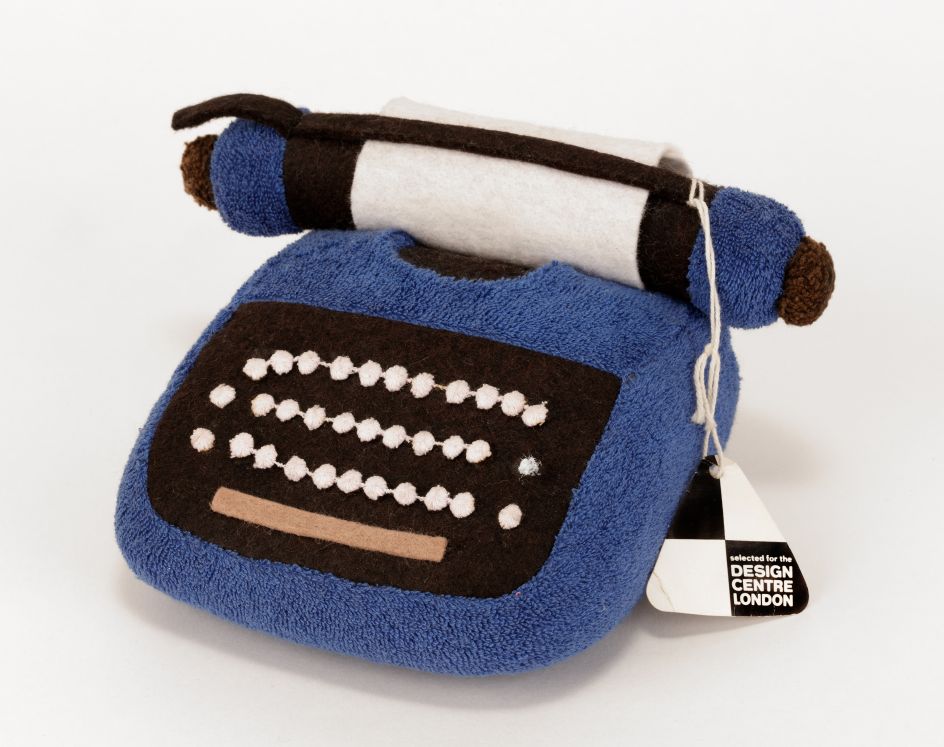
Early Marshmallow soft typewriter, hand-made, rubber foam and jersey towelling, 1970 © Sylvia Libedinsky
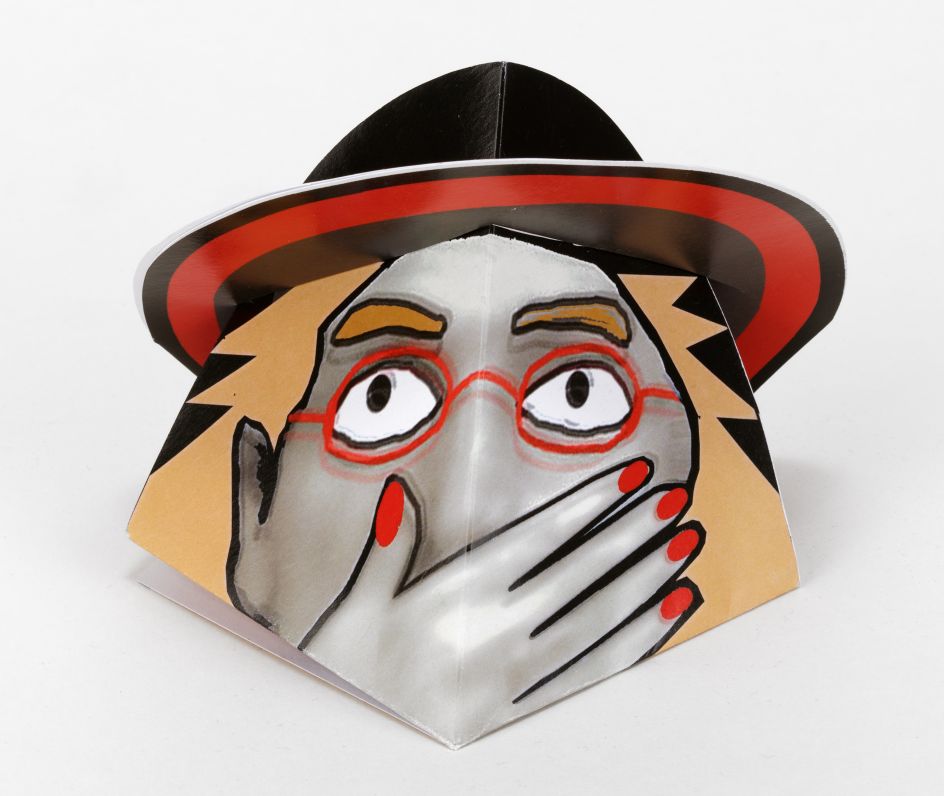
Say Nothing, inkjet on printed paper © Sylvia Libedinsky
With the help of an indulgent bank manager, funding was secured and Sylvia was able to present her products to the London Design Centre under a new brand name – Marshmallow. The LDS promoted Marshmallow products (typewriters, teacups and telephones) through its catalogue and international sales took off. With a small factory in Newman Street in London’s West End and a new partner (Ana M. Urquijo) and promoted by production and advertising agents, the company started to build a roster of high profile clients – Ford Tractors, Sony, Au Printemps, Waterman Pens, Biba, Liberty, Fiorucci, as well as Bloomingdales and Bergdorf Goodman in New York, and Seibu in Tokyo; TV shows such as the Johnny Carson Show, and individual celebrity clients such as Eve Arnold, Peter Sellers and Allen Jones. In addition, the company was busy designing and producing film and TV props.
In 1984, invited by Nick Wadley, Marshmallow celebrated its first decade with an exhibition at the Chelsea School of Art – the start of a productive collaboration with Wadley, Head of Art History at CSA. "He was an academic and an artist, and yet there were incredible parallels in our taste for drawings, humour and the theatre of the absurd. He suggested that we work together."
In 1998 Libedinsky was invited to contribute to Nick Wadley’s "The Secret Life of Clothes" exhibition in Fukuoka, Japan.
Chairs and chair covers – similar to those included in this show – were exhibited at the Crucial Gallery / Art Directions Gallery in Soho and at Liberty’s, London. Furniture commissions for TV-AM followed, with further exhibitions at Skanno (Helsinki), Shed (Milan), Graphics (Modena) and BD Design (Barcelona). Soft Design, including chair covers, became a primary occupation during this period, culminating in a commission to participate in the V&A exhibition “Collecting the Future” (1990) – Libedinsky’s work was a sculpture in the form of a giant tortoise, constructed entirely of shoulder pads.
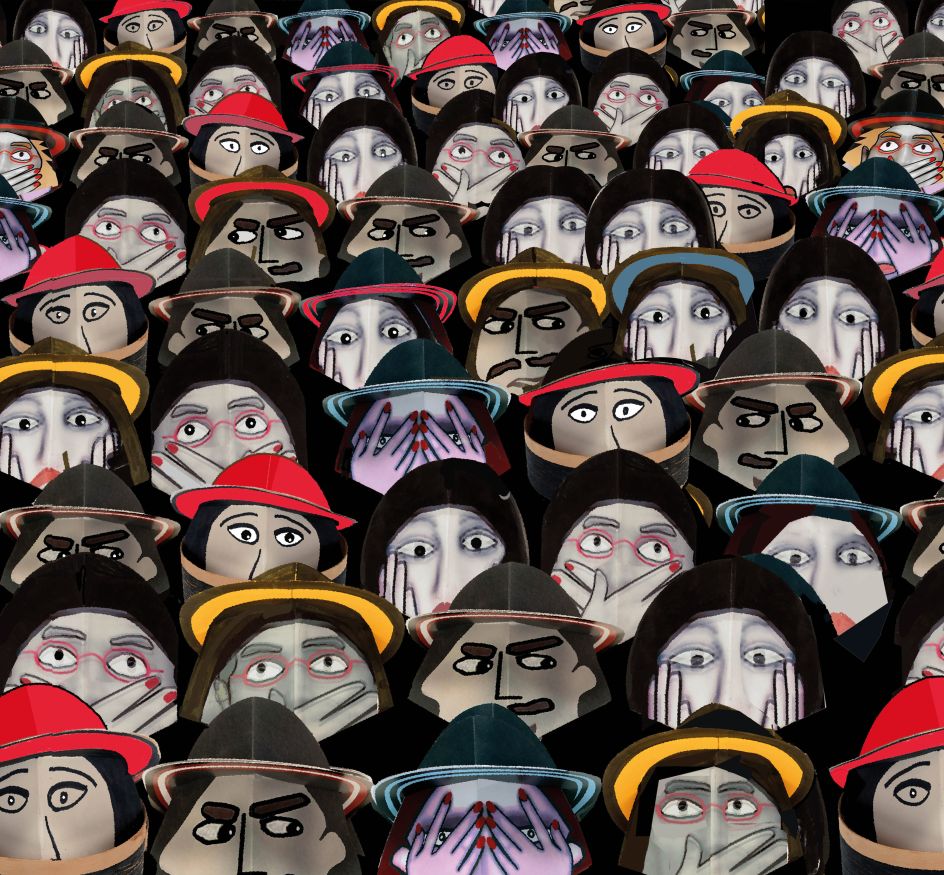
A Paper Audience, printed fabric © Sylvia Libedinsky
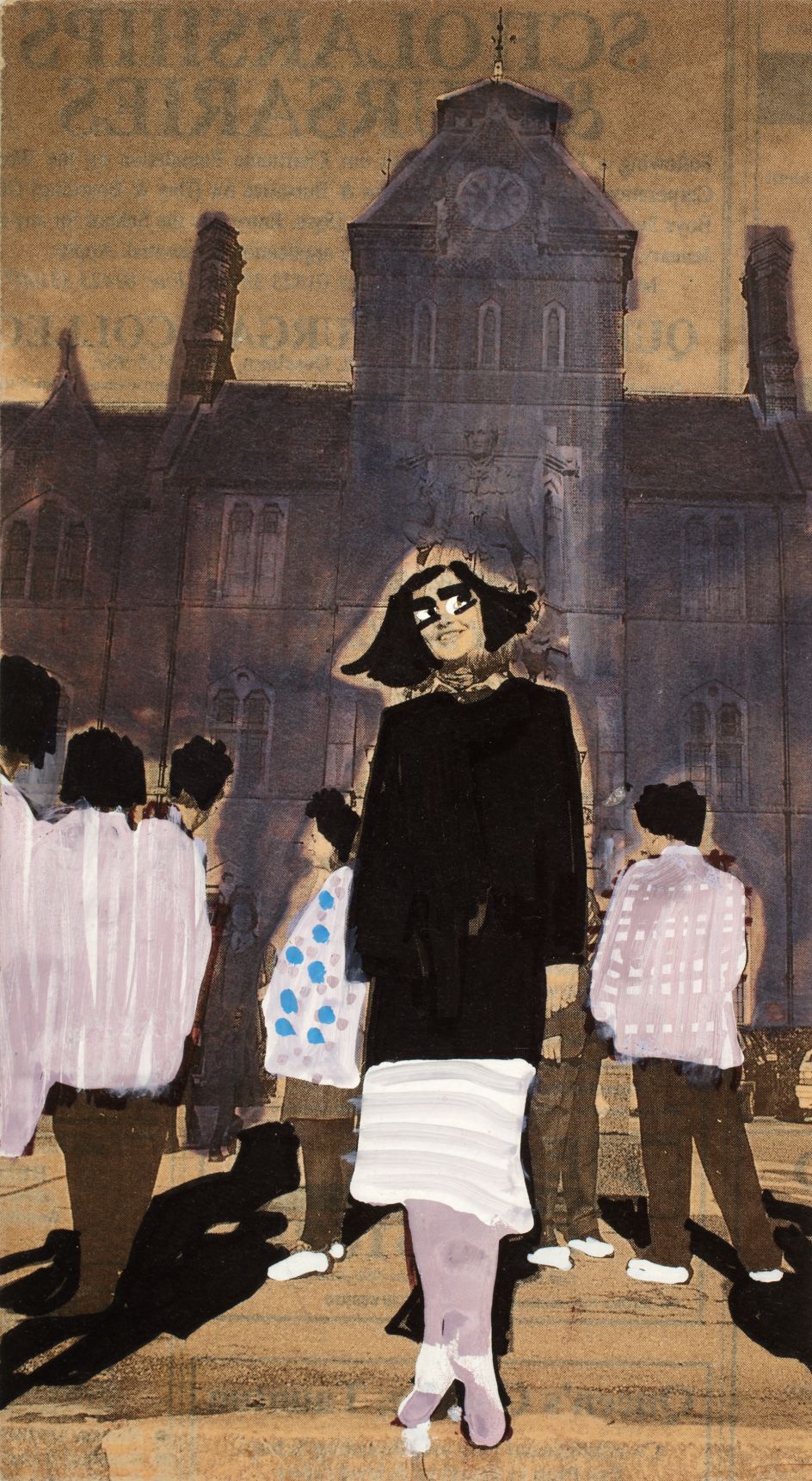
Beauty and Brains © Sylvia Libedinsky
The collaboration with Nick Wadley produced a rich vein of comic-absurd material, exhibited widely – including the Centro Cultural Borges in Buenos Aires, La Ventana Cemicual in Chile, the British Council in Bologna, as well as various prominent London venues – Cinecontact, the Cartoon Centre, and the Mexico Gallery.
"Nick liked my slightly amateur style. He was an academic of note. Who was I to contradict him? He was amused that I loved puns and play of words (which I always got slightly wrong, not being a native speaker; he thought this made them more amusing). Later we published Doubletakeaway, our very own cartoon strip in The Daily Telegraph and in the Royal Academy Magazine, and another strip called The Lax Column in the Financial Times."
Other cartoon series by Libedinsky, such as "The Story of Audrey" was based on newspaper headlines. "Musical Animals" was accompanied by an animation (exhibited in Vinçon/Barcelona 2006); "Ding-Dong" was a saga about penguins and "The History of the European Union According to my Grandad" was produced jointly with Pia Ostlund for the European Union.
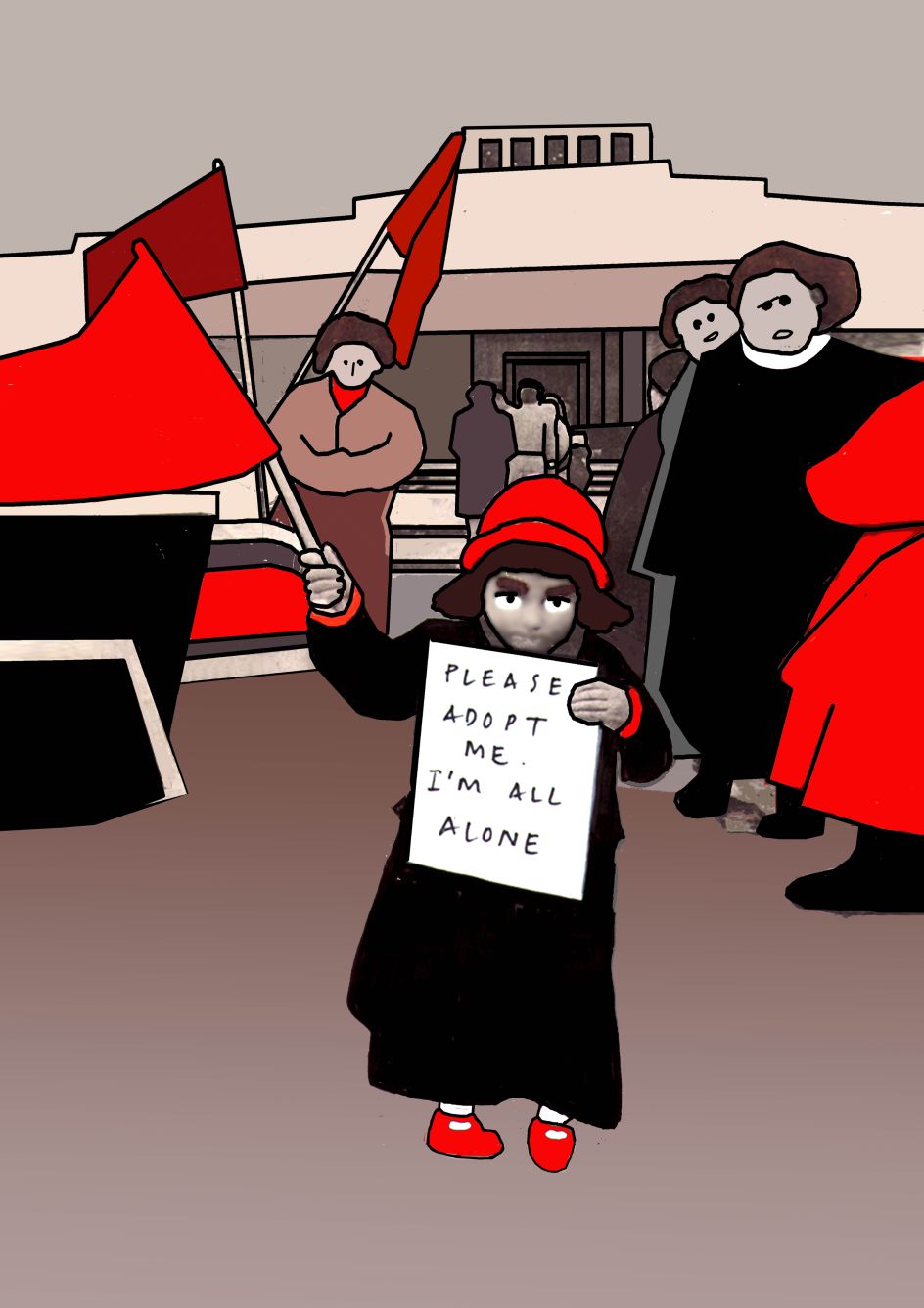
Audrey - I’m all alone, inkjet print on card © Sylvia Libedinsky
In 1985 Libedinsky was head-hunted to work on a freelance basis for Fitch, the world’s leading retail and brand consultancy, working on accounts for BT, Hamleys, Woolworths and Selfridges. Libedinsky continues to design and organise exhibitions, most recently co-curating exhibitions for Comic Argentina at Canning House and at King’s Place, London.
Libedinsky now works mainly on light and shadow projects like “Ghosts” – first shown at the Argentine Playhouse exhibition in 2016 and also on newspaper-based stories - ink graffiti applied to newsprint images which completely inverts their original meaning, as is the case with the “Audrey” series.
Sylvia Libedinsky: The Art of the Absurd launches on 7 February at GX Gallery in Camberwell, London and runs until 1 March 2019. Find out more: gxgallery.com.





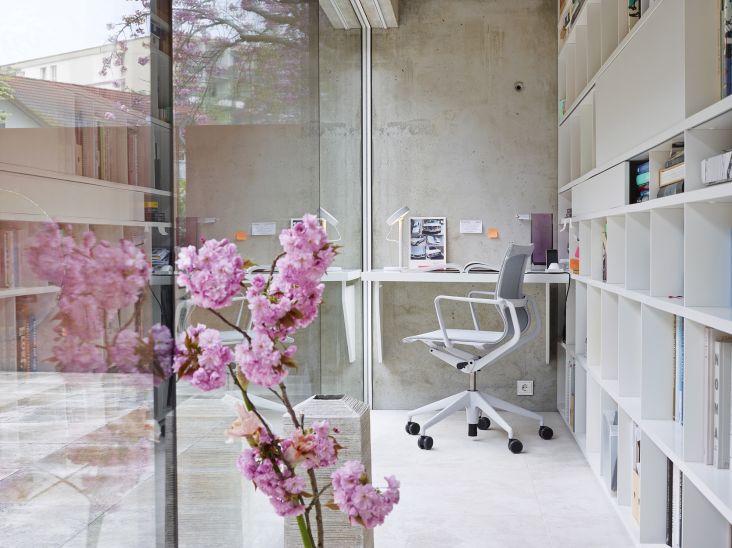
 using <a href="https://www.ohnotype.co/fonts/obviously" target="_blank">Obviously</a> by Oh No Type Co., Art Director, Brand & Creative—Spotify](https://www.creativeboom.com/upload/articles/6e/6ed31eddc26fa563f213fc76d6993dab9231ffe4_732.jpg)
 by Tüpokompanii](https://www.creativeboom.com/upload/articles/58/58684538770fb5b428dc1882f7a732f153500153_732.jpg)







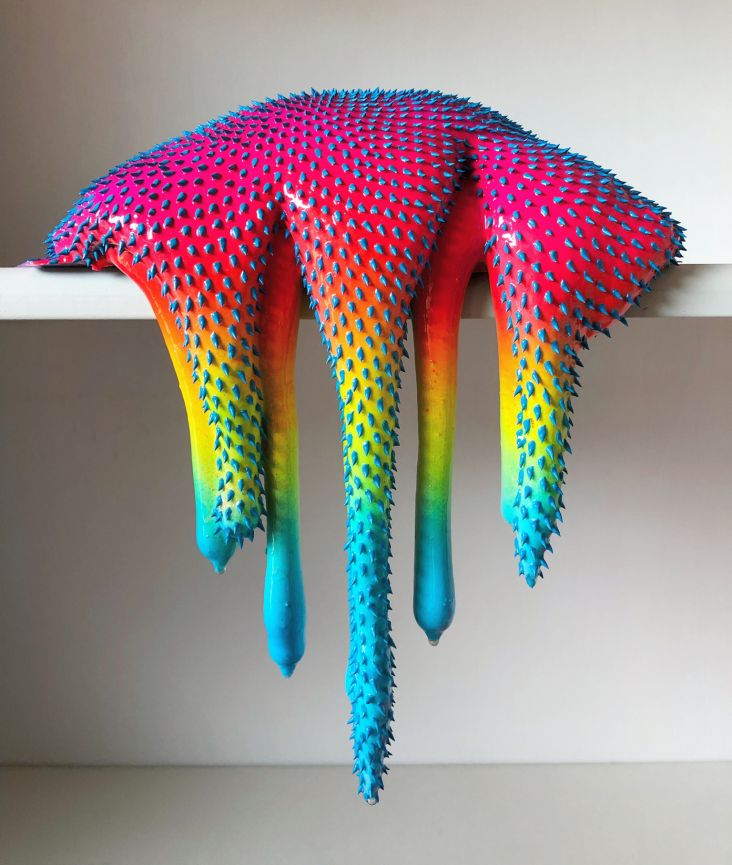
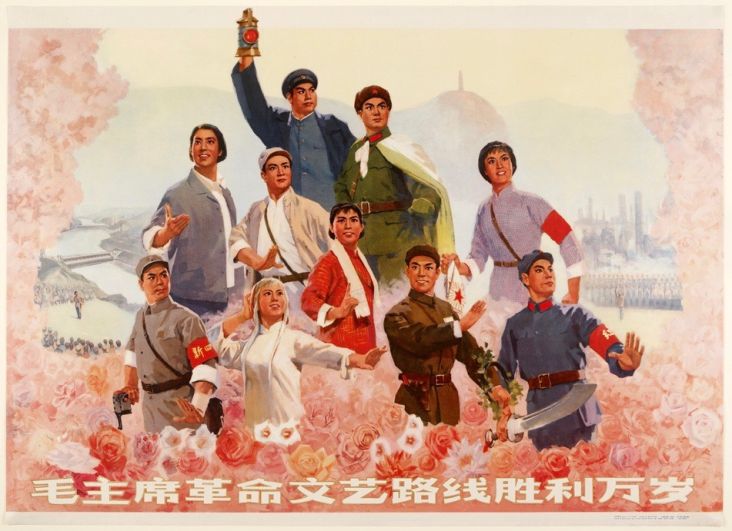
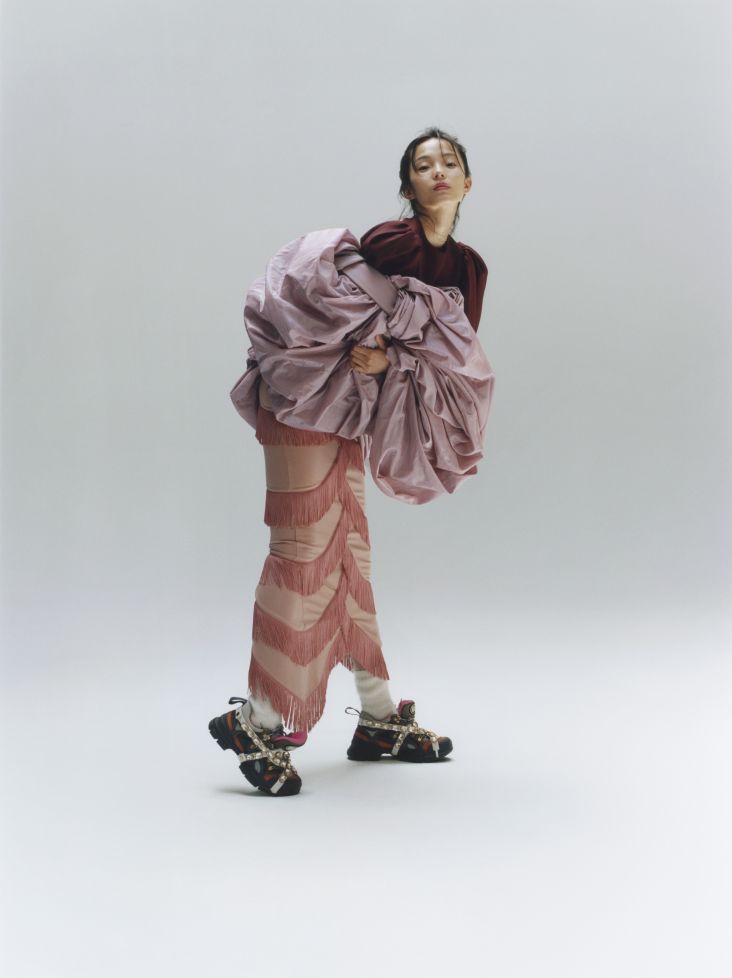
](https://www.creativeboom.com/upload/articles/66/66b7f1733a77a57db3e5e8d5a0e30474221d3127_732.jpeg)
